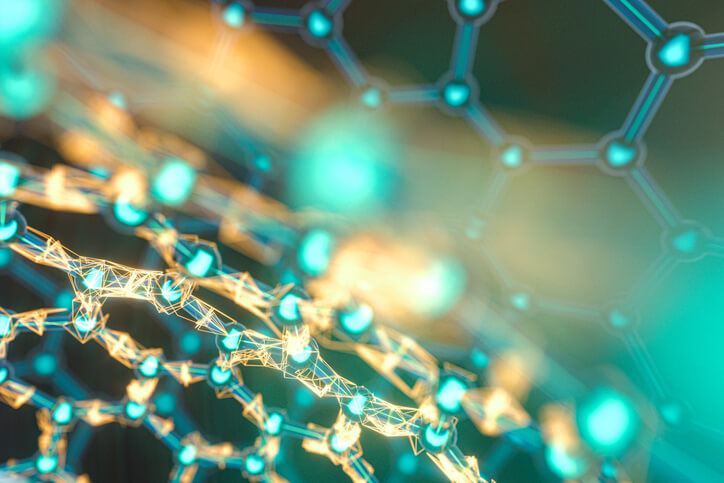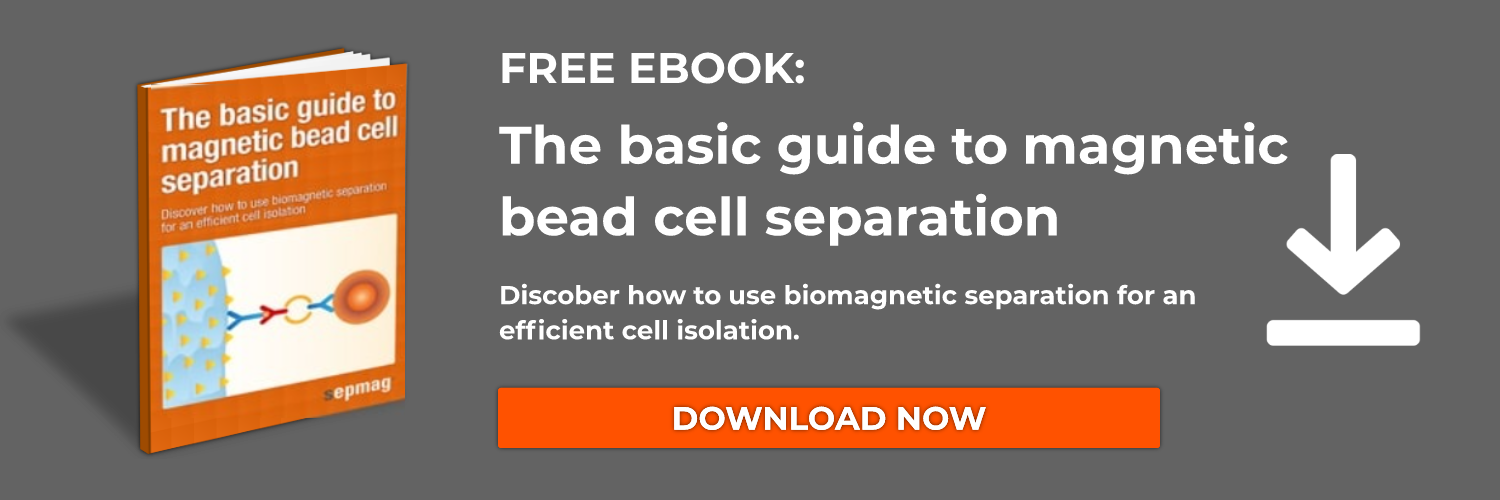Protein A
Protein A is a protein derived from the cell wall of the bacteria “Staphylococcus aureus” and can also be extracted from the culture supernatant. It has unique binding properties to the Fc and Fab region of IgG of some mammalian species (and to a lesser extent to IgM and IgA as well).
The binding ability of protein A conjugated to a detectable marker has been widely used in research and industry as:
- reporter molecule coupled to fluorescent dyes, enzyme markers, biotin, colloidal gold and radioactive iodine without affecting the antibody binding site;
- to detect antibodies;
- to purify total IgG from a solution; and
- for immunoprecipitation as a way to purify a molecule of interest using a solid support system.
The high resistance of Protein A toward harsh acidic and basic cleaning condition makes it a good candidate to isolate IgG from serum and plasma matrices in order to facilitate the separation of other immunoglobulin classes such as IgA, IgM, IgD, and IgE which implies the importance of protein A especially in “monoclonal-antibody therapy” field for identification and characterization of cancer-specific antigens and the tumor-associated cell surface antigens in the treatment of cancer and immunodeficiency diseases.
Different methods of purification have been introduced with high selectivity and capacity purification toward protein A to remove impurities based on the non-specific and specific interactions including anion exchange, gel filtration chromatography, Per Aqueous Liquid Chromatography (PALC), cryogel beads, immobilized-metal affinity chromatography (IMAC) and magnetic beads.
Magnetic beads
Magnetic beads are in the micrometer range. There are a variety of beads to isolate different types of molecules, proteins, cells, etc. The beads are pre-conjugated and/or placed in a solution with an optimized pH and ion composition allowing them to bind to various molecules. Once a molecule is bound to the bead, the whole solution is placed on a magnetic rack. The magnet holds the magnetic beads and the bound molecule of interest to the side of the containing vessel, so that the solution and remnants can be removed. There are usually some washing steps in which a washing buffer is poured in the vessel while on the magnetic rack. Finally after adding the elution buffer in the vessel, the molecule of interest can be removed from the magnetic beads and released into the solution. If the magnetic separation process is done with constant magnetic force, like Sepmag biomagnetic separation systems provide, then the process can be smoothly scaled-up from milliliterers up to tens of liters.
Magnetic beads protein A
Magnetic beads that are pre-conjugated to protein A are used for immunoprecipitation. Typically, the protein A on the bead is first allowed to bind with antibodies against an antigen of interest. Then it is ready to bind the antigen of interest from a solution. The final step will be eluting the antigen. To elute the antigen you will need an elution buffer that can weaken the bond between the antigen and antigen (and likely weaken the antibody-protein A bond as well). This may be a more gentle buffer at low pH, or for a stronger buffer you can make a denaturing buffer. You will also need to consider which buffers to use for binding and washing, or you might be doing the precipitation in a lysis buffer from a previous step.
Considerations and Benefits of magnetic beads protein A
Magnetic beads protein A are a useful way to do immunoprecipitation due to their ease of use. Magnetic beads are simple to use by just placing samples on and off a magnetic rack. The magnetic rack creates just the right amount of force to ensure that your magnetic beads stay pressed against the vessel. This lowers the amount of human error introduced into an experiment and makes experiments more efficient. There are even kits available that contain all your necessary buffers for doing such a procedure. Another similar method is using protein G magnetic beads, which also binds immunoglobulins but has slightly different subclass specificities. In situations where one is using protein A or G for binding antibodies, it is useful to distinguish which subclasses are most important and choose which protein to use to bind them.
Some examples of commercially available magnetic beads are Dynabeads protein A and Protein G (Thermofisher), Sera-Mag™ SpeedBeads™ Protein A/g particles (Cytiva) and/or PureProteome Protein A/G (MerckMillipore), but the list of magnetic beads providers offering products for protein immunoprecipitation and purification grows everyday.
Related news





